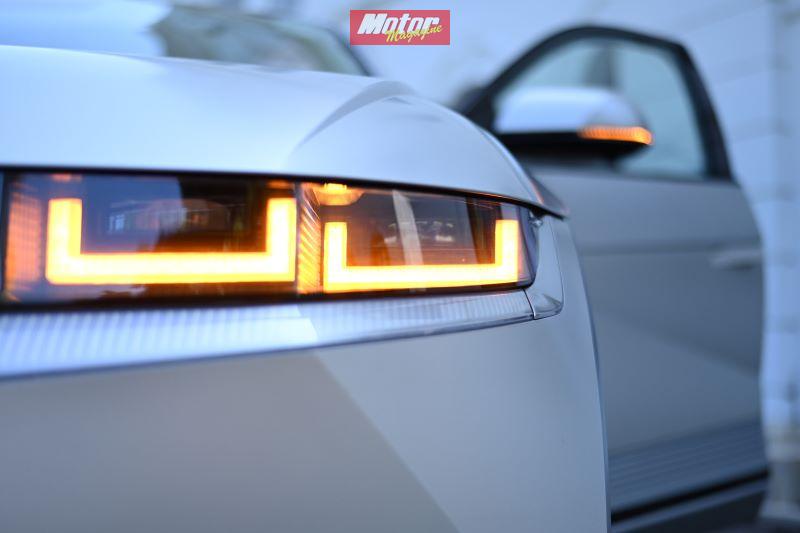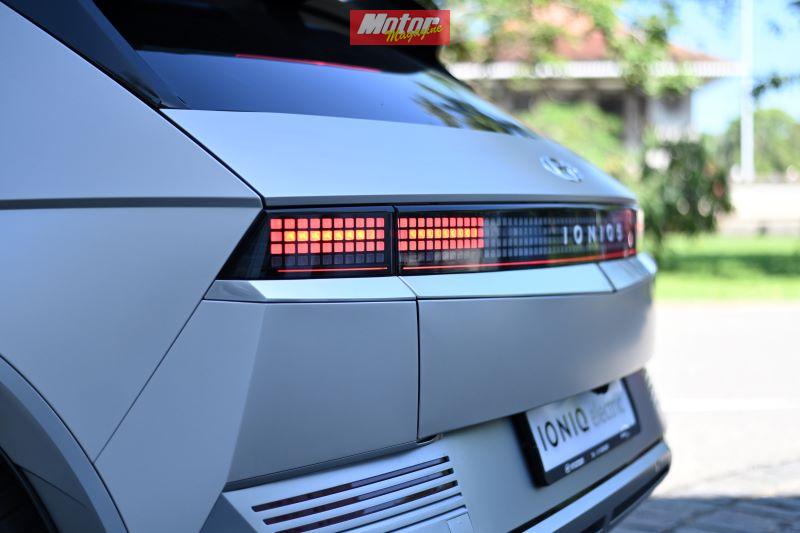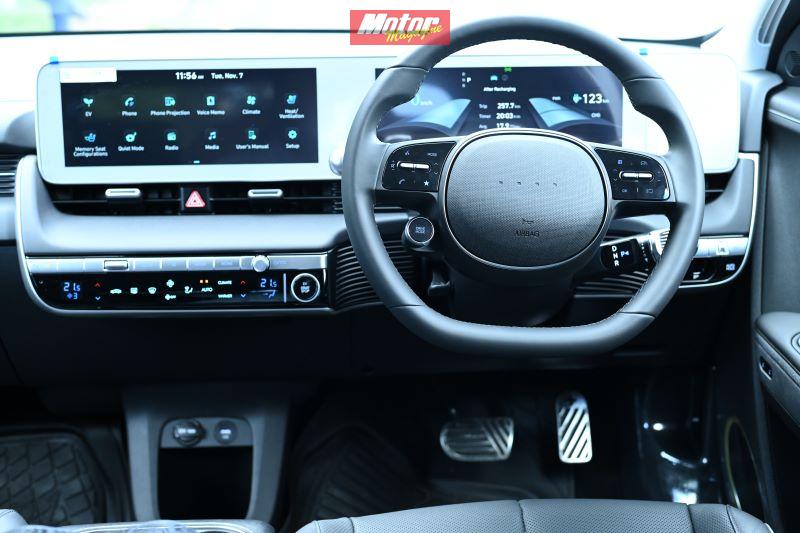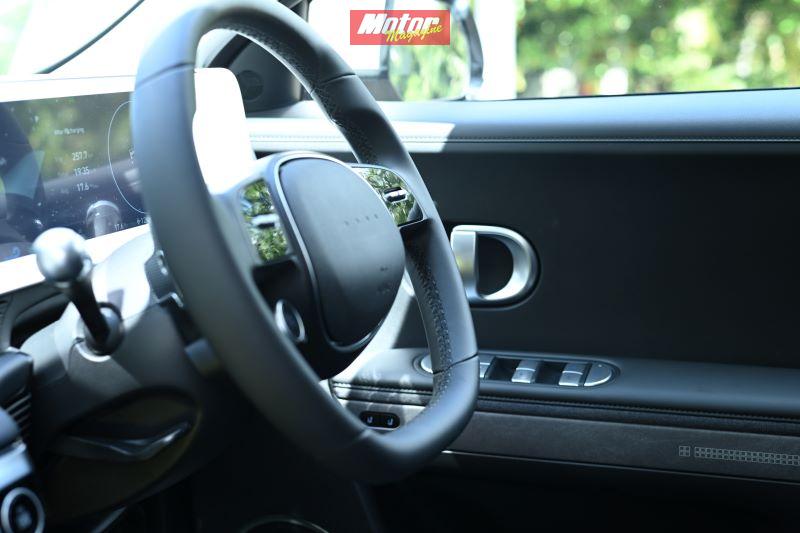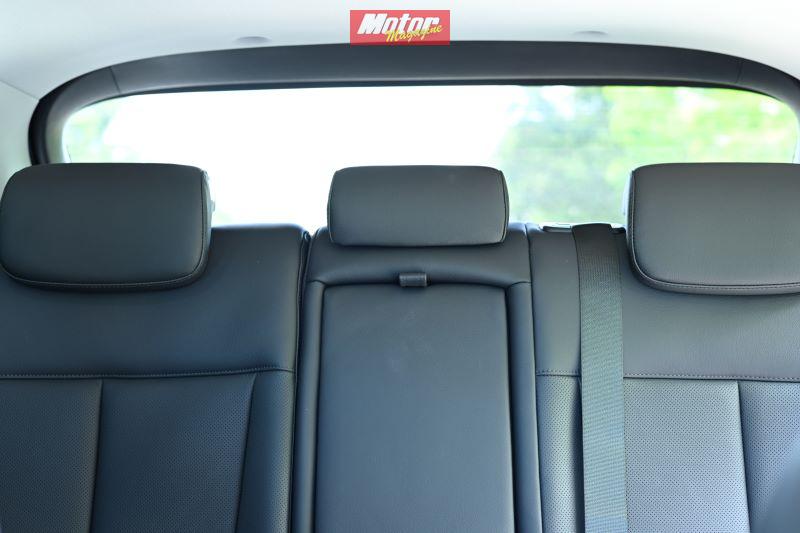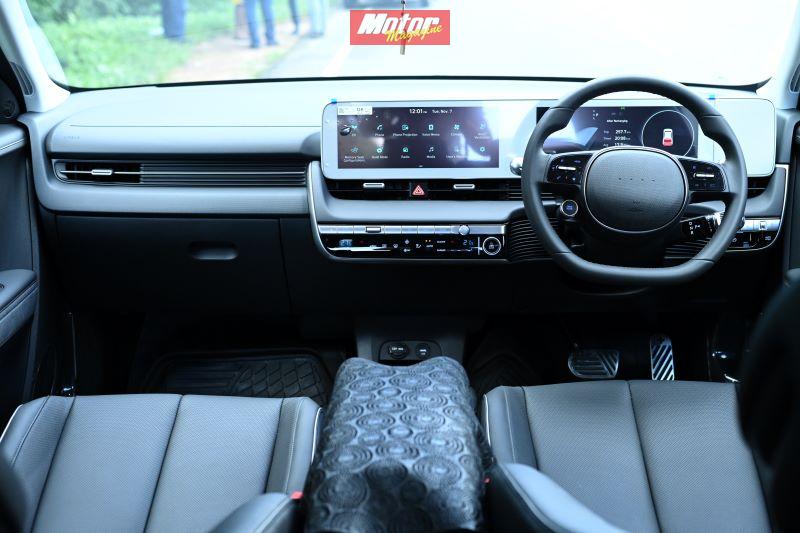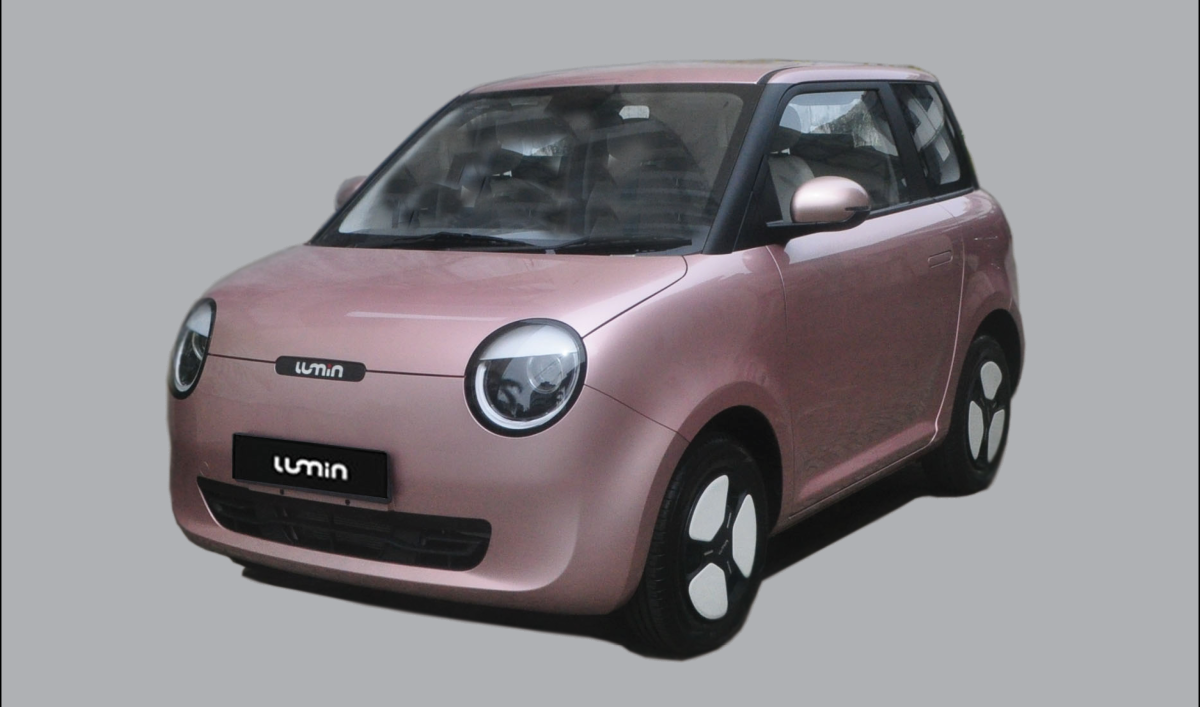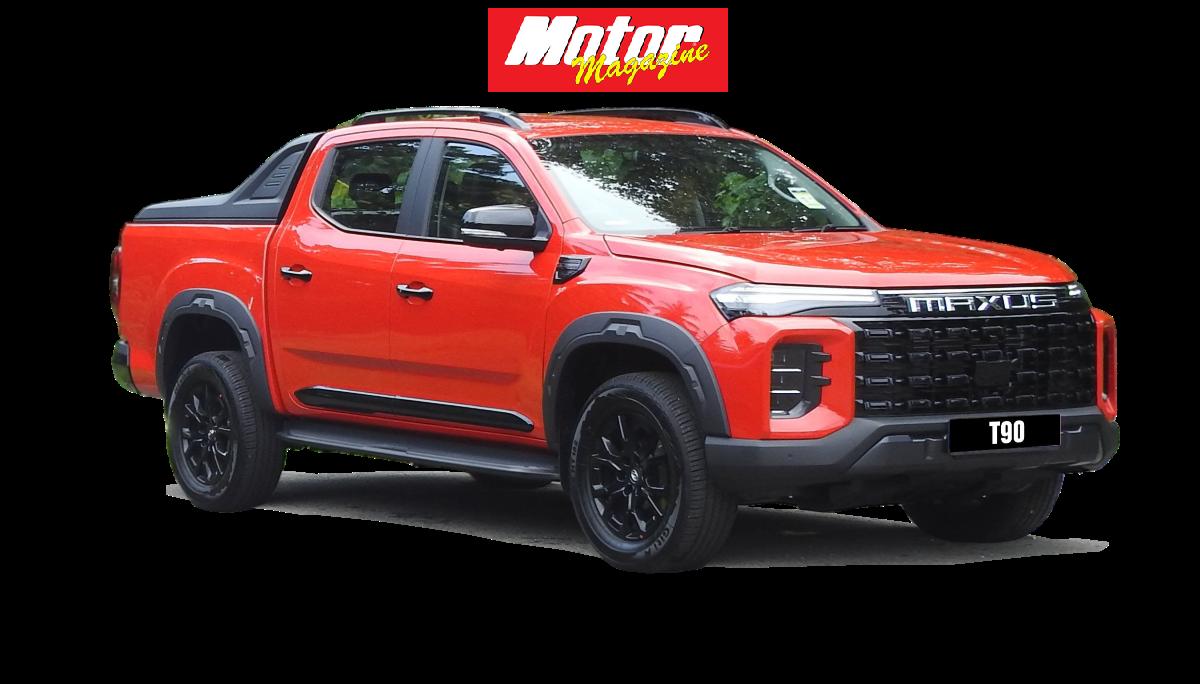Electric vehicles are slowly trickling into our car-starved shores, due to a permit system. We’ve seen quite a few cars on social media, and here, we were fortunate to get our hands on the very first Hyundai Ioniq 5 to land in Sri Lanka. Imported by the agents Abans Auto, the kind folks there deserve a huge shoutout for allowing us to test drive it. So, what is the Ioniq 5 exactly? And wasn’t there an Ioniq from Hyundai before?
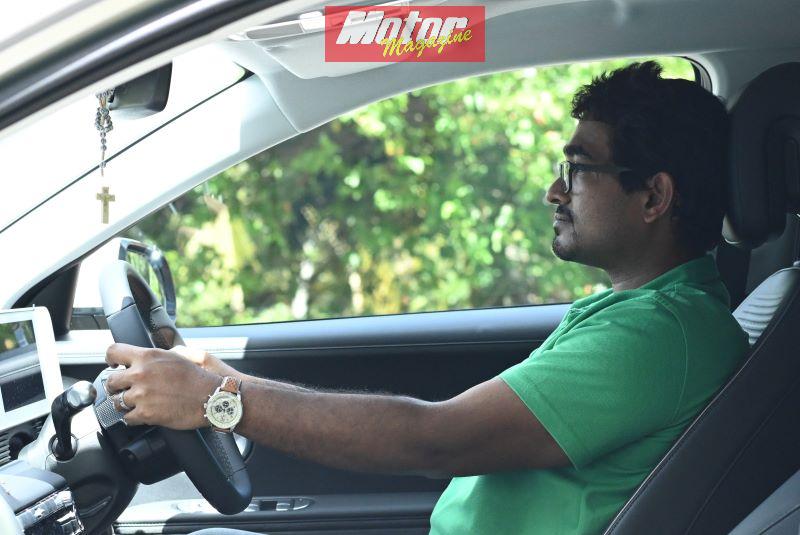
You see, Ioniq was originally Hyundai’s name for their first hybrid vehicle. It was a five-door liftback, in the vein of the Toyota Prius. In fact, I did an extended test drive of the Hyundai Ioniq way back in December 2017, for the Jan/Feb 2018 issue. I drove the car for over 300 kilometres over two days and came away impressed with it.
Subsequently,
Hyundai decided to spin-off the Ioniq name as a sort of sub-brand for their
electric vehicles. Hence, the Ioniq 5 which is part car, part crossover.
There’s also the Ioniq 6 and the Ioniq 7, which are a mid-size sedan and
crossover, respectively. Are any of these coming to Sri Lanka? Possibly. Meanwhile,
let’s look at the Ioniq 5 that we’ve got here, and see what Ioniq is all about.
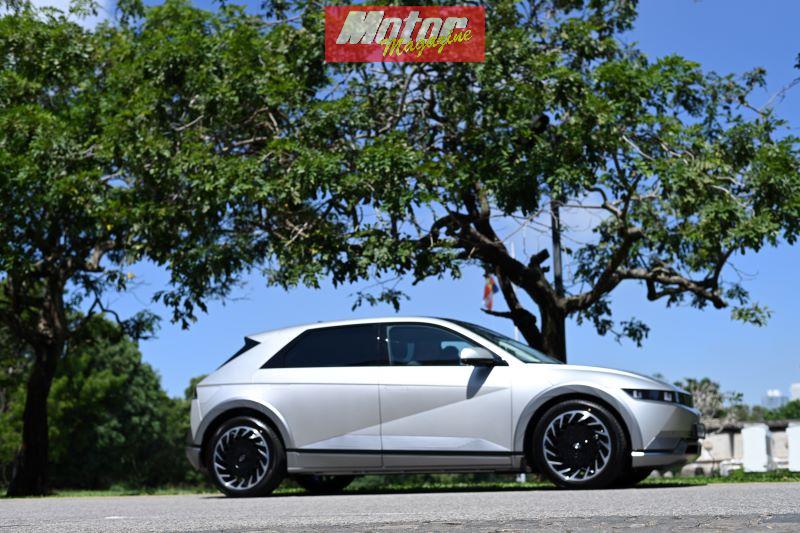
Exterior
The
Ioniq 5 is based on the 45 EV Concept that was previewed at the Frankfurt Motor
Show in 2019. Based, as in the design is a near carbon copy. It isn’t often
that you see a concept car make it into production with minor changes only.
Yet, that’s what the Ioniq 5 is. I’ll let you admire the photos, but there are
so many details that I love about it. Take the dot-matrix-style daytime running
lamps that double up as the turn signals at the front.
Then,
glance upon the entire front end, an exercise in simplicity when other
manufacturers seem to graft gaping maws at the front of their cars. There are
two active aero grilles at the bottom of the front bumper; they open and close
as required. That’s it. No other apertures to see. By the way, the colour of
this car is called Gravity Gold Matte, and it’s got a very subtle gold tint to
it that is apparent under certain lighting conditions.
Now,
shift your gaze to the side profile. The alloy wheel rims are 20-inch units,
and their design is driven by aerodynamic efficiency. Ditto the curved slats of
sorts on the wheel arches, the flush-fitted pop-out door handles, and even the
shape of the doors.
Now,
let’s go to the rear. We’ve got more lovely dot-matrix lighting, and once again,
a simplistic silhouette free of any abrupt edges or confusing curves. Some
research reveals the Ioniq 5’s designer to be Lee Ji-hyeon, who no doubt was
guided by Chief Creative Officer of Hyundai, a gent by the name of Luc
Donckerwolke. I’ll let you do your own research, but here’s a random selection
of three cars he’s designed – Lamborghini Murcielago, Lamborghini Gallardo,
Bentley Flying Spur.
Mech & Tech
The
Ioniq 5 comes with multiple powertrains, right up to a truly spicy 641hp
all-wheel-drive monster called the Ioniq 5 N. However, our test car is in a
spec much more suited to Sri Lanka. It’s rear-wheel-drive, powered by a single
electric motor. Outputs are around 210 horsepower and 350 newton-metres of
torque.
However,
the battery is the real star of the show. It’s a 77.4 kilowatt-hour unit that
promises an EPA-rated 488-kilometre range. It can be charged via a regular 13-ampere
socket or hooked up to a fast charger. Using an 11-kilowatt 3-phase charger can
yield a full charge in just over six hours, as claimed by Hyundai. There’s also
a Vehicle-To-Load (V2L) function via the power port, which allows the Ioniq 5
to provide up to 3.6 kilowatts of power to an external source.
Elsewhere,
the Ioniq 5 has power-assisted disc brakes with ABS and EBD, an electric power
steering rack, and multi-link suspension. It’s just like any other car or SUV.
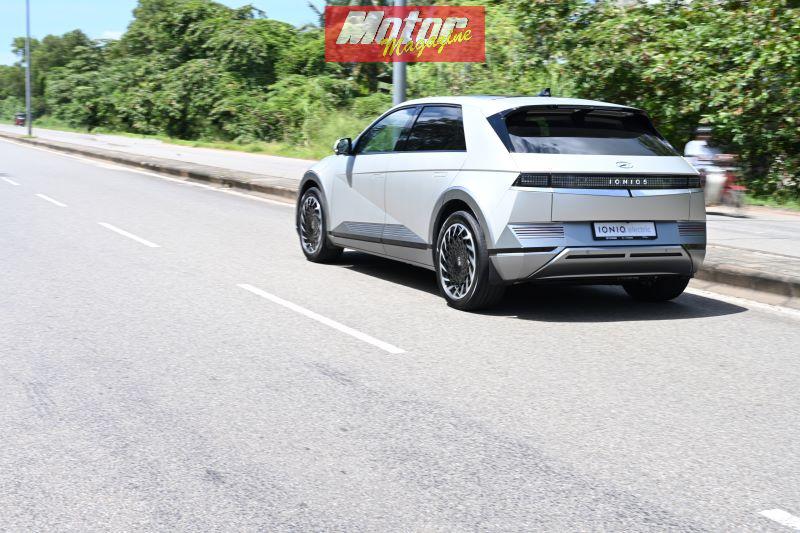
Driving Experience
How
hard can it be? Very simple, that’s the answer. Select D on the steering column-mounted
gear shifter and tap the accelerator. That’s all it takes. The Ioniq 5 pulls
cleanly, and responds positively to throttle inputs no matter which mode you’re
in. Bury the throttle and you get a nice surge of torque that rides you all the
way to 100km/h in around 7.5 seconds I’d estimate. I was also struck by how
quiet it was inside the cabin. Tyre, as well as wind noise were notable in
their near absence. You hear a faint, sci-fi hum from the rear-mounted motor.
The
Ioniq 5 is an easy vehicle to drive. Visibility is great all round, and there’s
even a nifty 360-degree camera display with adjustable views that you can
navigate via the touchscreen when at low speeds. At higher speeds, if you
activate the turn signal, a little circular-framed camera feed from the
respective mirror-mounted camera appears in the main instrument cluster itself.
There
are three driving modes worth talking about, namely Eco, Normal and Sport.
There’s also a Snow mode, but that’s not really applicable for Sri Lanka. Eco
keeps things calm and cool but you can still deploy all the power if you want.
Switching into Sport firms things up, throttle response sharpens, and the
speedometer readout turns red. Oh, there are also coloured rings around the
door speakers that change colour depending on drive mode. Eco is blue, Normal
is green, Sport is red.
How
about braking? There are four levels of regeneration. Selecting no regeneration
allows the Ioniq 5 to coast along, using next to no power, but also not
capturing any to put back into the battery. As you move up the levels,
regenerative braking power increases. Level 3 is quite strong, and you can
really do some one-pedal driving with it.
But
wait, there’s one more regenerative mode, and it’s called iPedal. This dials up
the regenerative braking to maximum. Furthermore, it allows the car to come to
a complete stop on regen alone. Using iPedal, you rarely need to touch the
brake pedal. Other EVs also offer similar features – I recall a BMW i3 that I
tested several years ago having a similar feature.
Living
with the Ioniq 5
The
Ioniq 5’s cabin offers plenty of space… space that would put to shame far
larger vehicles. It’s got a five-seat cabin but there’s enough head and leg
room for everyone. The front seats are power-adjustable, and the driver’s seat
gets two memory positions. There’s also a nifty Relaxation Seat mode, that
tilts the seat backs as well as cushions rearwards, into an ottoman-like
position. The front seats are also heated and ventilated, while the rear seats
have heating, as well as power-adjustable fore-and-aft sliding. They also have
adjustable seat back angles, but that’s done via manual adjustment.
The
dashboard is dominated by twin 12.3-inch widescreen displays. The one ahead of
the driver performs instrument cluster duties, while the one in the centre
takes on climate and infotainment tasks. I was also pleased to see a separate
control panel for the climate control system, so you don’t need to rely on the
touchscreen. The spec sheet that Abans Auto provided also tells me that this
car has a Bose speaker system with 6 speakers and a subwoofer. Sound quality is
good, with that signature Bose thump clearly apparent, even at higher speeds
thanks to the refined cabin.
Our
test car has Apple CarPlay and Android Auto, albeit connectivity is via a wired
connection. There’s no wireless connectivity for these, which wouldn’t be much
of an issue if not for an interesting bugbear that I come across. You see, the
USB port for Apple CarPlay/Android Auto connectivity is located low down on the
dashboard. Meanwhile, there’s a convenient sliding centre console that offers a
wireless phone charger plus two fast-charging USB ports. Between the dashboard
and the centre console is nothing. You could hop across from driver to
passenger seat or vice-versa. Or at least, you could, unless you choose to keep
your tethered phone in the spacious centre console box, where most people keep
their phones when in their car. Then, you’ve got an unsightly cable snaking
between this otherwise clear space. I think that Hyundai should have simply
used the centre console USB ports for Apple CarPlay/Android Auto, or, well, you
know, implemented wireless connectivity. This isn’t a low-budget economy car,
after all. Other media options include AM/FM radio and Bluetooth. You could
also plug in a USB pen drive with music.
Rear passengers, meanwhile, get their own air vents situated in the B-pillars, as well as two more USB fast charging ports. There’s also an interesting switch configuration on the side of the front passenger seat that allows the rear seats to be slid fore and aft, in addition to the traditional controls on the side of each rear seat. The boot space is an impressive 531 litres, expandable up to 1,600 litres with the rear seats folded down.
Range
Abans
Auto tells us that the Ioniq 5 in this spec should be capable of up to 480
kilometres on a full charge. Indeed, the EPA figures for the rear-wheel-drive
variant with this battery is rated at 488 kilometres. However, the figure is
dependent on multiple variables. For example, the use of the climate control
and headlamps uses power, as does the heated and ventilated seats. Constantly
accelerating and hard driving also saps charge. Realistically, one could expect
up to 400 kilometres in regular Sri Lankan driving, over a mix of traffic
conditions, journey times, and durations.
Price & Warranty
The
CIF value of this car was quoted at US$ 41,000. Abans Auto quote a total figure
of Rs. 20 million, inclusive of all levies, duties, surcharges, and luxury
taxes. These figures are correct at the time of writing, but subject to change
due to exchange rate fluctuations, taxation policy changes, etc. After all, we
know how taxes change overnight in Sri Lanka.
Abans
Auto offer a 3 year / 100,000 kilometre warranty on the vehicle (excluding wear
items), and an 8 year / 160,000 kilometre warranty on the battery.
Final Words
The
Ioniq 5 is a solid reminder of how far electric vehicles have come. They are no
longer slow, plodding machines with mediocre ranges and piffling top speeds. EVs
now offer the same value proposition as their dino juice-chugging siblings.
They’ve got similar space, interior attributes, and features. They are just as
safe too. Notably, they are catching up on the whole range vs charging time
debacle that keeps dogging EVs. Think about it – 6 hours to get 400 kilometres
of range is very reasonable. In regular usage, your charging time would be much
less. After all, you strive not to run your internal combustion-engined car’s
fuel tank dry. Practice the same standard with your EV’s battery!




